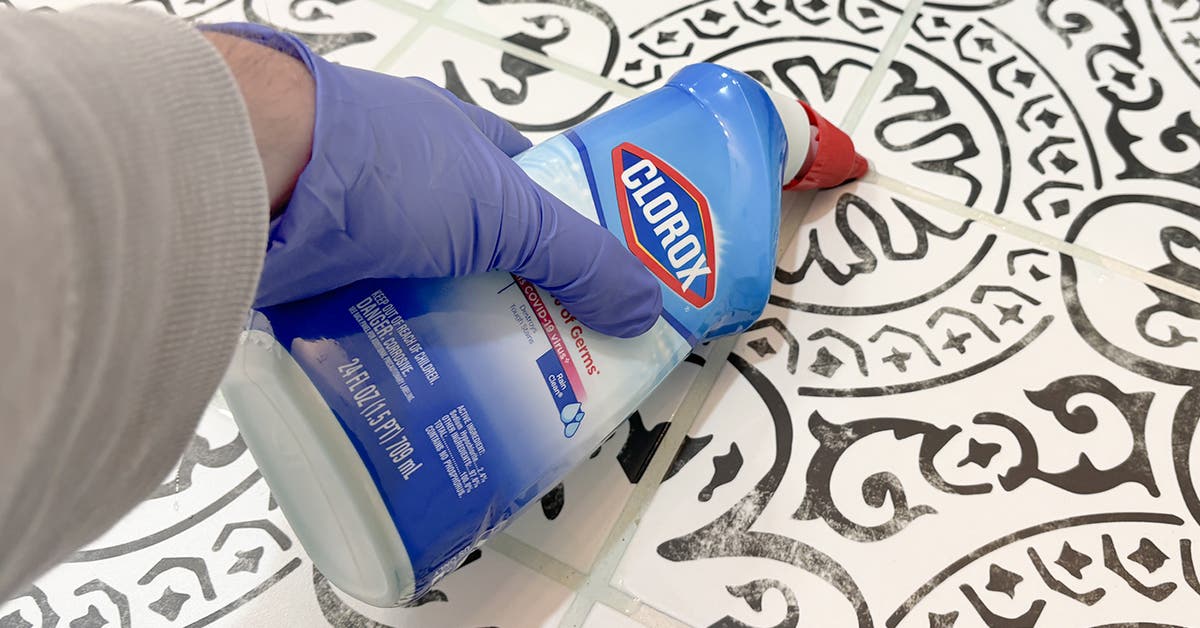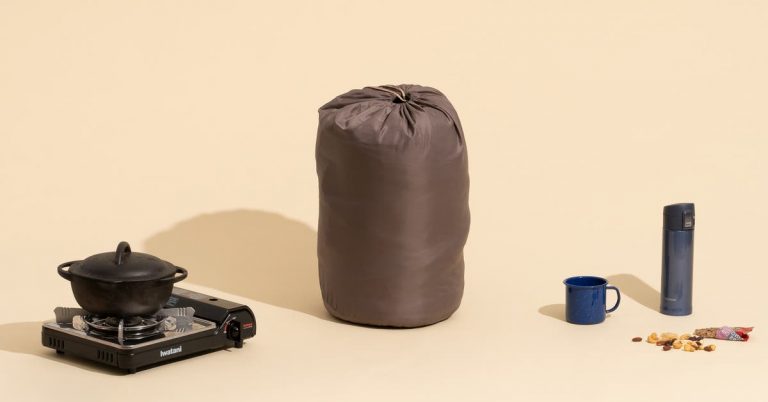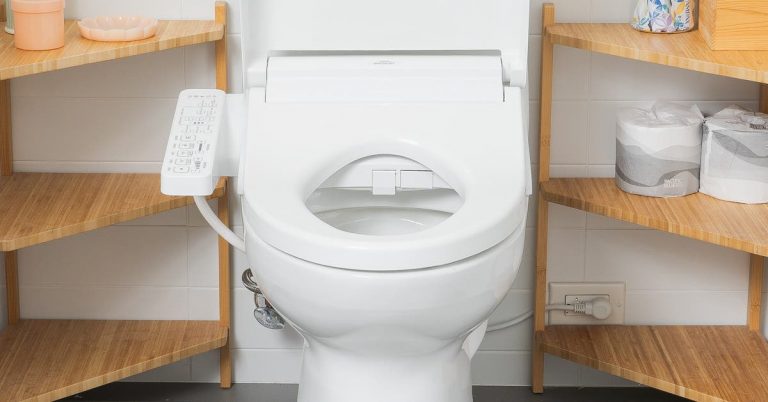This Gel You Likely Already Own Works Surprisingly Well at Cleaning Dirty Grout
You should be cautious with any kind of grout cleaner or toilet gel, mostly for your personal safety, but also because they can be rough on the grout and sometimes on the nearby tiles.
Deep cleaners “should be thought of as problem-solvers rather than everyday cleaning products,” said Ben Lampi, a product manager at Laticrete, a manufacturer of tile-installation materials. Using them once or twice a year should be “more than enough” for most households. (And after you do use them, you should reseal your grout to protect against moisture and stains — the harsh formulas strip away the existing protection.)
I’ve focused on bleach-based formulas so far, but there are other types of grout cleaners and toilet gels that use entirely different ingredients. Here are some options to consider:
| Type of cleaner | Common options | Pros | Cons | When to use |
| Neutral | certain dish soaps; any tile, grout, or shower formula labeled “pH-neutral” or “daily” | safe and gentle | more effort | as often as you’d like |
| Weak acid (lower pH, gentle) | vinegar; citric acid; CLR; Bar Keepers Friend; many “lime and rust” formulas | great on hard-water stains | gradually weakens grout | occasionally, for hard-water buildup |
| Strong acid (low pH, corrosive) | Zep Grout Cleaner & Brightener; Lysol Power toilet gel; hydrochloric or muriatic acid | destroys most stains | quickly weakens grout | as a last resort |
| Alkaline (higher pH) | many “bathroom,” “tile and grout,” or “mold and mildew” sprays; bleach; oxygen bleach; hydrogen peroxide and baking soda; Clorox toilet gel | great on dirt, oils, soap scum | strips grout sealant | one or two times per year, for stubborn stains |
| Steam | steam mops; handheld steam cleaners | safe and effective | cost and effort | as needed, for stubborn stains |
The experts I talked to stressed that cleaners made from a strong acid are the most likely to damage your grout and the surrounding tiles. These risky, caustic formulas, including Lysol Power Clinging Gel toilet bowl cleaner and Zep Grout Cleaner & Brightener, are also some of the most popular on TikTok,.
They’ll lighten the grout for sure, but that comes at the cost of dissolving the calcium that holds the material together. “You’re basically taking a layer of the grout off,” said Logan Reavis, the technical services director at Mapei, a grout manufacturer. Strong acids can also etch stone, strip the dyes from darker grouts, and damage the finish on tile or nearby plumbing fixtures and appliances.
Alkaline cleaners aren’t exactly harmless, either: Bleach, OxiClean, hydrogen peroxide mixed with baking soda, and high-pH formulas sold by the grout makers will all strip away the grout’s protective sealant after just one use. If you don’t reseal the grout, it’ll be vulnerable to the moisture, soap scum, and body oils that left it looking stained in the first place. But resealing should be a normal part of grout maintenance anyway, and when you use these cleaners appropriately, they aren’t as risky as acids.
To be clear: Toilet gel brands don’t recommend using their products anywhere outside of a toilet bowl. Robyn Walker, an R&D director at Reckitt, maker of Lysol, wrote in an email that the company’s acid-based toilet gels are “unsuitable” and “potentially damaging” on grout. A representative from Clorox also recommended that the toilet gel be used only in toilets.
But my feeling is that grout isn’t meant to last forever anyway, and you can make your own decisions about how much of the structural integrity and protective coating you’re willing to sacrifice for the sake of a cheap, easy deep-cleaning. It’s probably unwise to use any harsh cleaner more than a couple of times per year, but the stuff can really work in a pinch. My advice: Don’t get white grout.
This article was edited by Megan Beauchamp and Maxine Builder.






